Damaged train to be removed from Gotthard by end September

According to Swiss Federal Railways (SBB), work to evacuate the freight train that crashed in the Gotthard base tunnel on August 10 will continue until the end of September. The media were able to visit the site for the first time on Wednesday.
Almost a month ago, a 30-wagon freight train derailed near the multifunctional site at Faido in canton Ticino, 15 kilometres after entering the tunnel from the south. Sixteen wagons went off the rails. Some of them ended up against a portal separating the two tunnel tubes. They had been rushed there when they shifted on a changeover track, towards a switch.
Wagons to be dismantled
“The damage is immense,” admitted Peter Kummer, SBB’s Director of Infrastructure, to journalists during a visit to the site. It will take months for trains to return to the damaged east tube.
+ Why is the Gotthard Tunnel so important?
Every day, up to 50 people work in the tube to remove wagons and debris. Twenty-two wagons and two locomotives have already been transported. And yet, the multifunctional site in Faido still presents an image of destruction. Eight wagons that came off the tracks are still there. They were either compressed or torn apart in the accident.
20,000 sleepers to replace
Evacuating them is all the more complex. They have to be taken apart, as they can no longer roll. To do this, the personnel on site first have to secure them so that they don’t topple over during dismantling.
The accident was probably caused by a broken axle. Before derailing, the freight train damaged 7 km of track. As a result, some 20,000 concrete sleepers will have to be replaced.
Difficult working conditions
To evacuate the damaged rolling stock, SBB had to install a temporary track. The workers are working in shifts under difficult conditions: it’s up to 40 degrees Celsius in the heart of the mountain, and the air is dense and sometimes dusty. Every 45 minutes, workers take a 15-minute break in a refrigerated area.
On Wednesday, journalists invited to the site had to equip themselves with a hard hat and protective clothing, as well as goggles, a dust mask, gloves and earplugs. Everyone was also required to carry an oxygen self-rescuer, in case of fire.
Penne and canned tomatoes
The wrecked convoy originated in Italy and was heading north. It was loaded with Italian foodstuffs, ranging from pasta and canned tomatoes to rice and wine. Entire cartons of penne are still stacked on the platform of the tunnel’s emergency station. Tin cans are piled up near the switch.
Once the last wagon has been removed at the end of September, the workers will have to dismantle the temporary track and install a new one. Two points will also have to be replaced, along with cables and the contact line.
SBB is not yet forecasting the duration of the repair work. However, the company expects to be able to start partial passenger operations from the beginning of 2024.
Freight traffic in the other tube
Freight traffic has been running again since August 23 in the undamaged tube, in convoys of four trains at a time. A total of 90 freight trains a day currently pass through the Gotthard base tunnel. Around 15 of these, like the passenger trains, travel via the ridge route.
Passenger trains cannot pass through the west tube of the base tunnel for safety reasons. In the event of an accident, passengers would have to be evacuated through the damaged tube.
Solutions for passengers under discussion
SBB is working with the Federal Office of Transport (FOT) to develop an evacuation concept. Their aim is to run passenger trains through the undamaged tube as soon as possible, at weekends when demand is highest. But safety remains the top priority, the company stresses,
Opened in 2016, the Gotthard base tunnel is the longest railway tunnel in the world. It stretches 57.1 kilometres between Erstfeld n canton uri and Bodio (TI). It shaves an hour off the journey time between German-speaking Switzerland and Ticino, compared with the Gotthard ridge/panorama line.
This news story has been written and carefully fact-checked by an external editorial team. At SWI swissinfo.ch we select the most relevant news for an international audience and use automatic translation tools such as DeepL to translate it into English. Providing you with automatically translated news gives us the time to write more in-depth articles. You can find them here.
If you want to know more about how we work, have a look here, and if you have feedback on this news story please write to english@swissinfo.ch.

In compliance with the JTI standards
More: SWI swissinfo.ch certified by the Journalism Trust Initiative













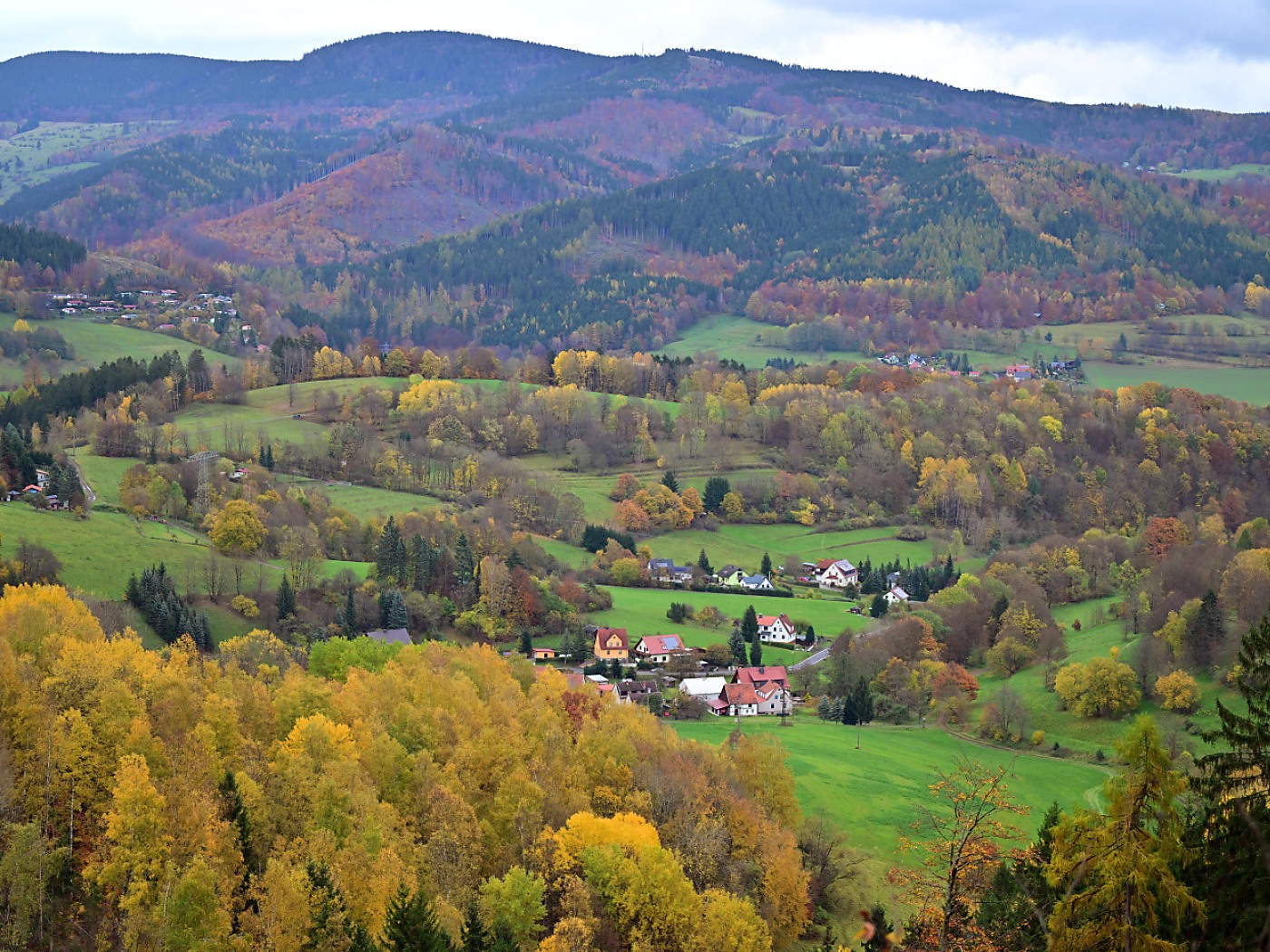
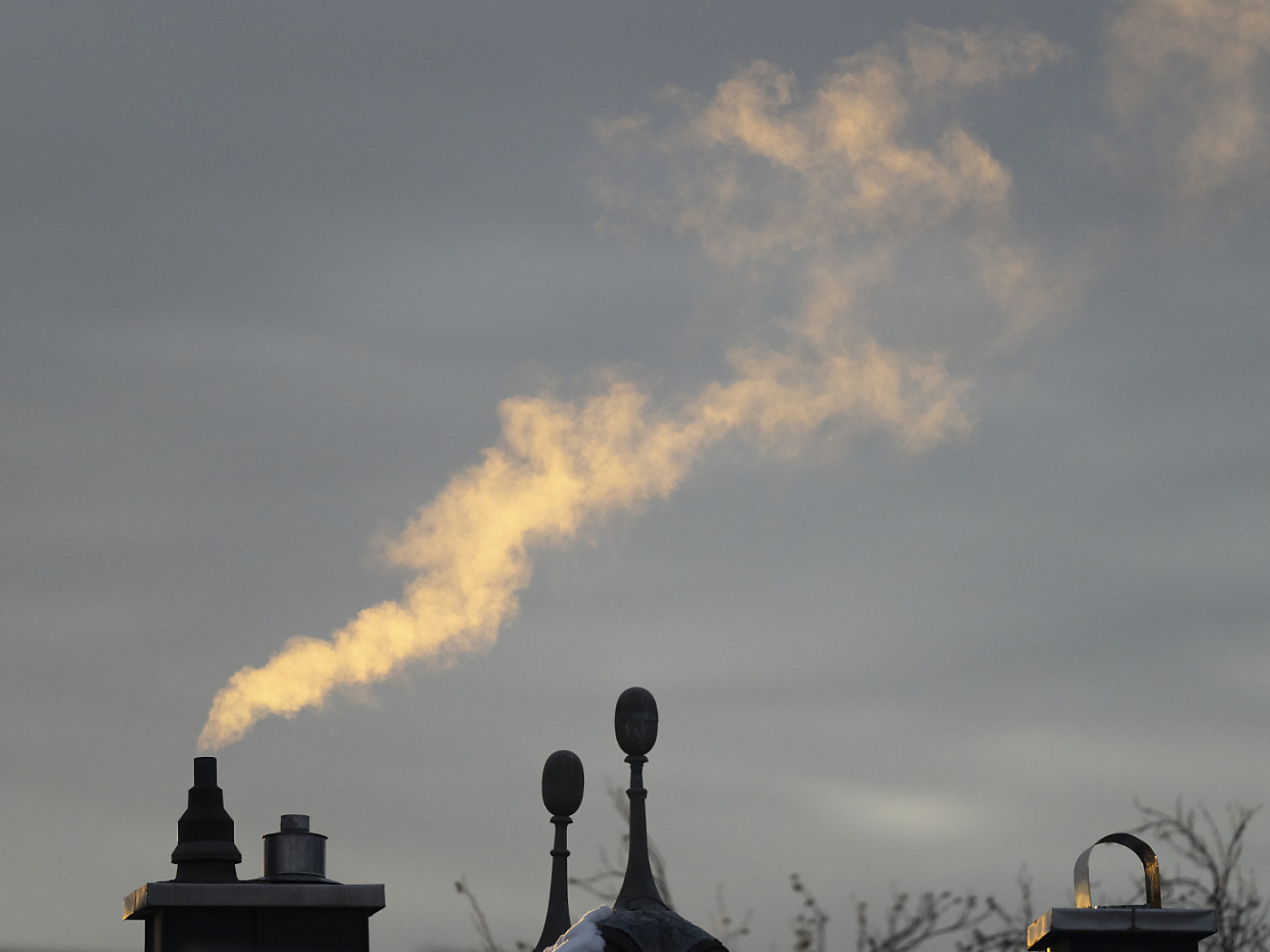
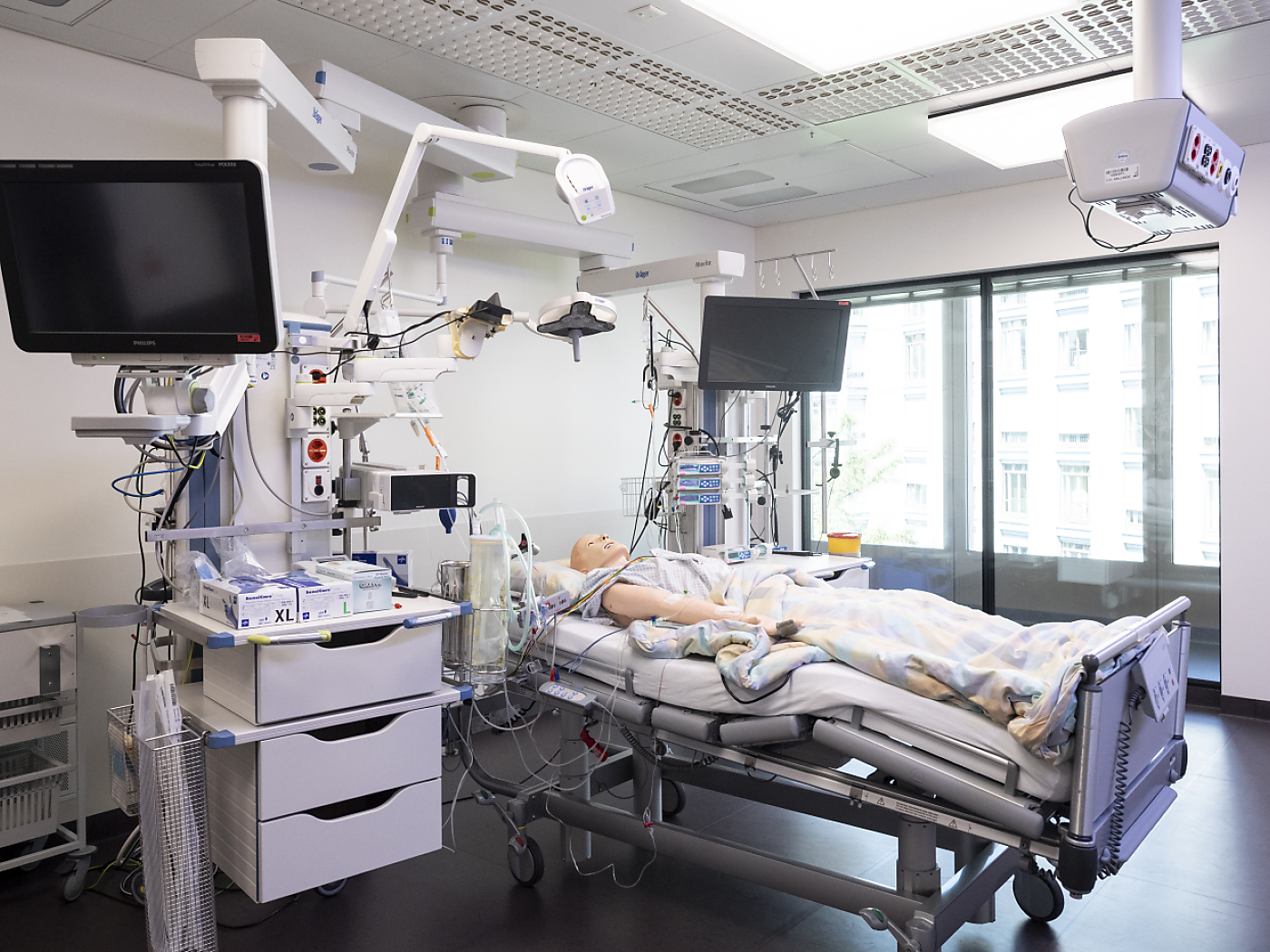

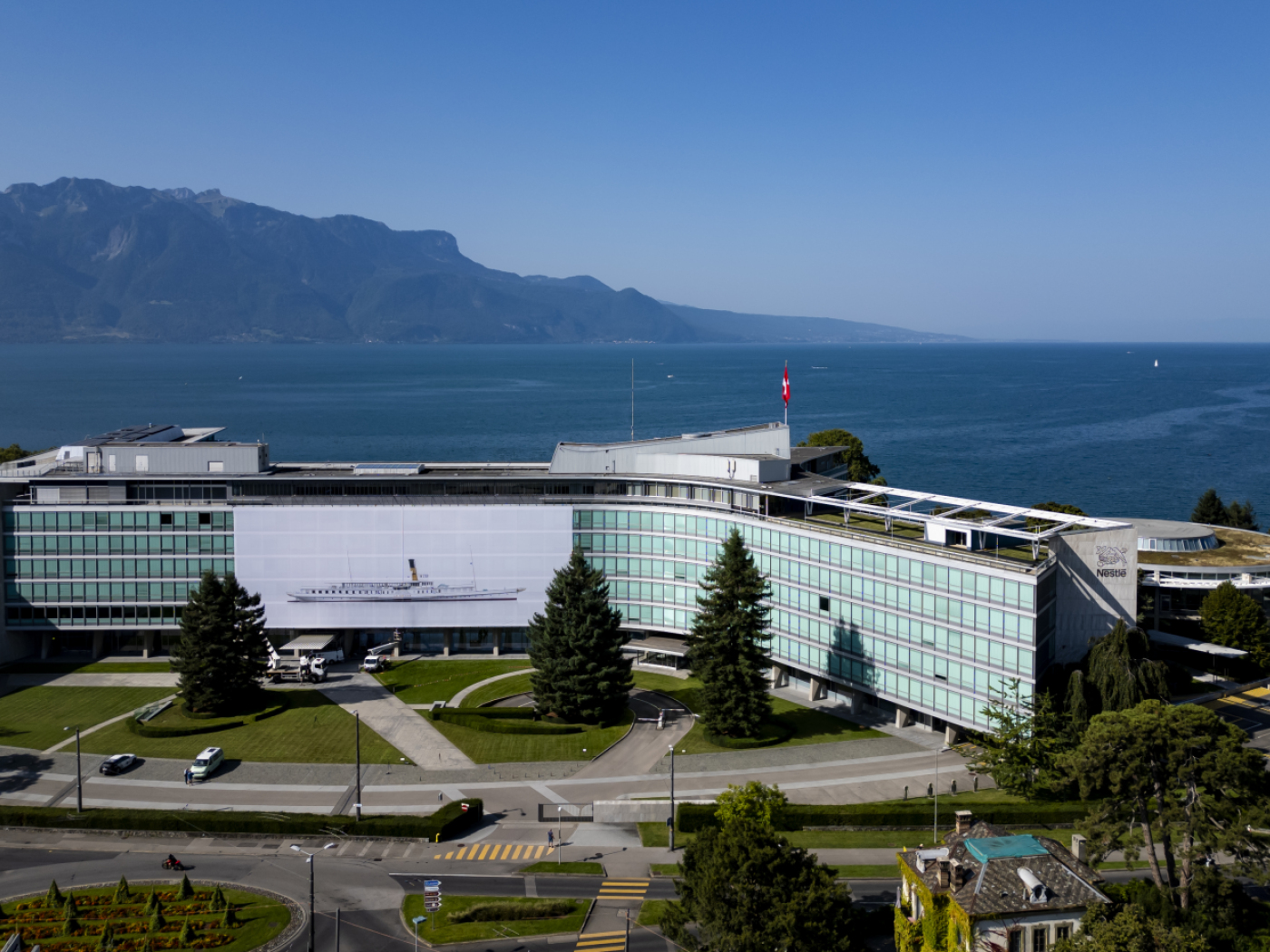


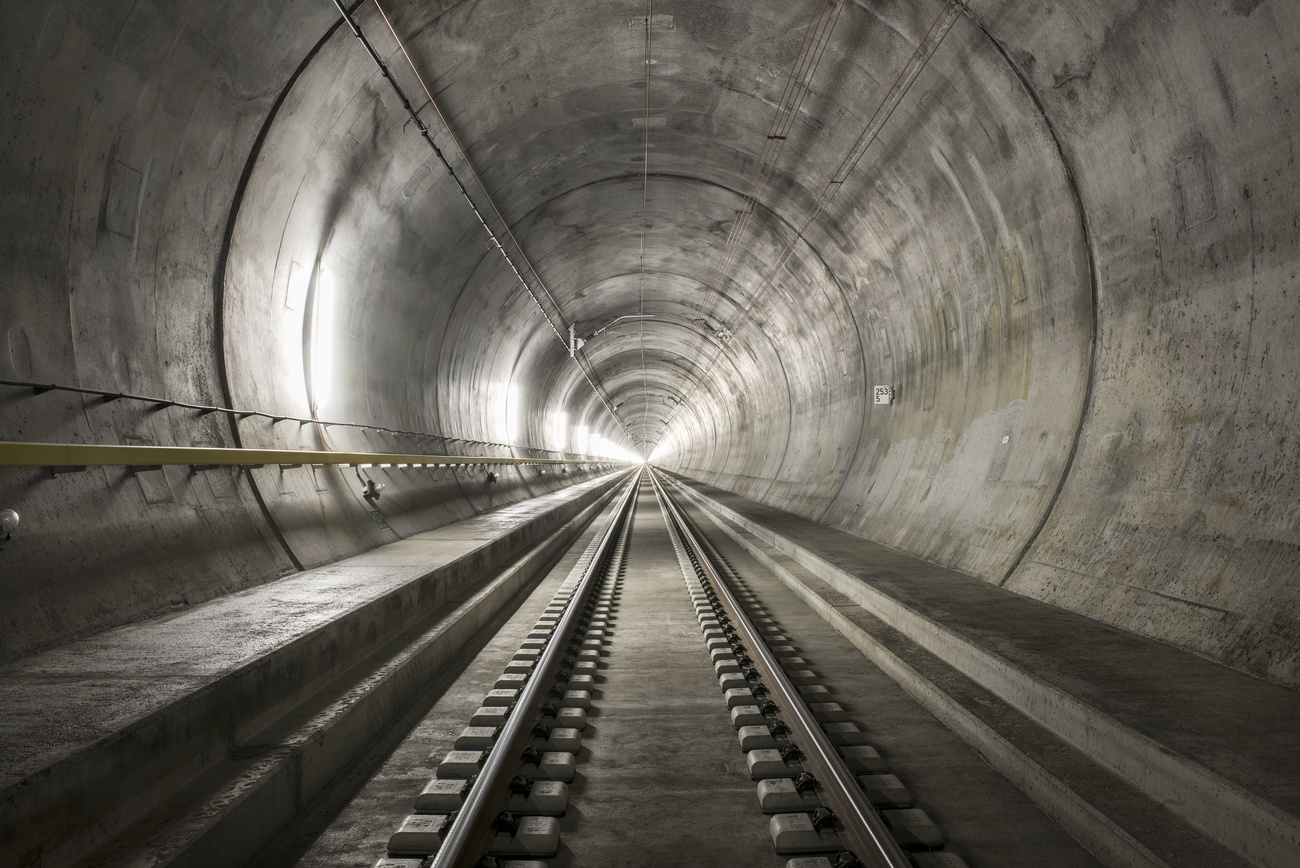
You can find an overview of ongoing debates with our journalists here . Please join us!
If you want to start a conversation about a topic raised in this article or want to report factual errors, email us at english@swissinfo.ch.